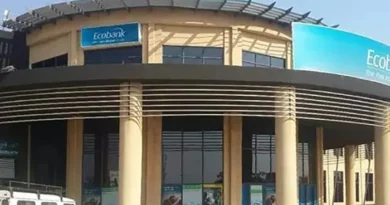Zambia’s 2026 Budget Expectations
Zambian authorities are expected to soon unveil the income and expenditure framework for the next financial year, given the circumstances shaping the upcoming fiscal period.
As is tradition, the Republican President will address Parliament and the nation ahead of the Finance Minister’s budget speech, which outlines key priorities and welfare considerations for the year ahead.
As Zambia prepares for the 2026 national budget, expectations are building around a framework that balances economic growth with a path of fiscal sustainability.
The government is likely to continue fiscal consolidation, aiming to reduce the fiscal deficit to below 5% of GDP while boosting domestic revenue through improved tax compliance and reforms.
Investment in social sectors will remain central, with strong emphasis on education, healthcare, and social protection—aligned with the objectives of the 8th National Development Plan. Sustained funding for public service recruitment, continued social cash transfers, and food security interventions are expected.
On infrastructure, priorities will likely include road rehabilitation, energy diversification, and rural connectivity, particularly under public-private partnerships.
The agriculture sector is expected to receive targeted allocations for mechanization, irrigation, and improved input distribution systems such as the e-voucher.
From a macroeconomic perspective, the 2026 budget is projected to support growth of around 4.5%, anchored by stronger mining output and a rebound in non-traditional exports.
However, risks persist, including exchange rate volatility, high inflation, and a significant share of the budget consumed by debt servicing, especially domestic obligations.
Ultimately, Zambians will be looking to the 2026 budget not only for stability but also for bold policy actions that deepen reforms, create jobs, and improve household welfare—particularly in the run-up to the general elections.



